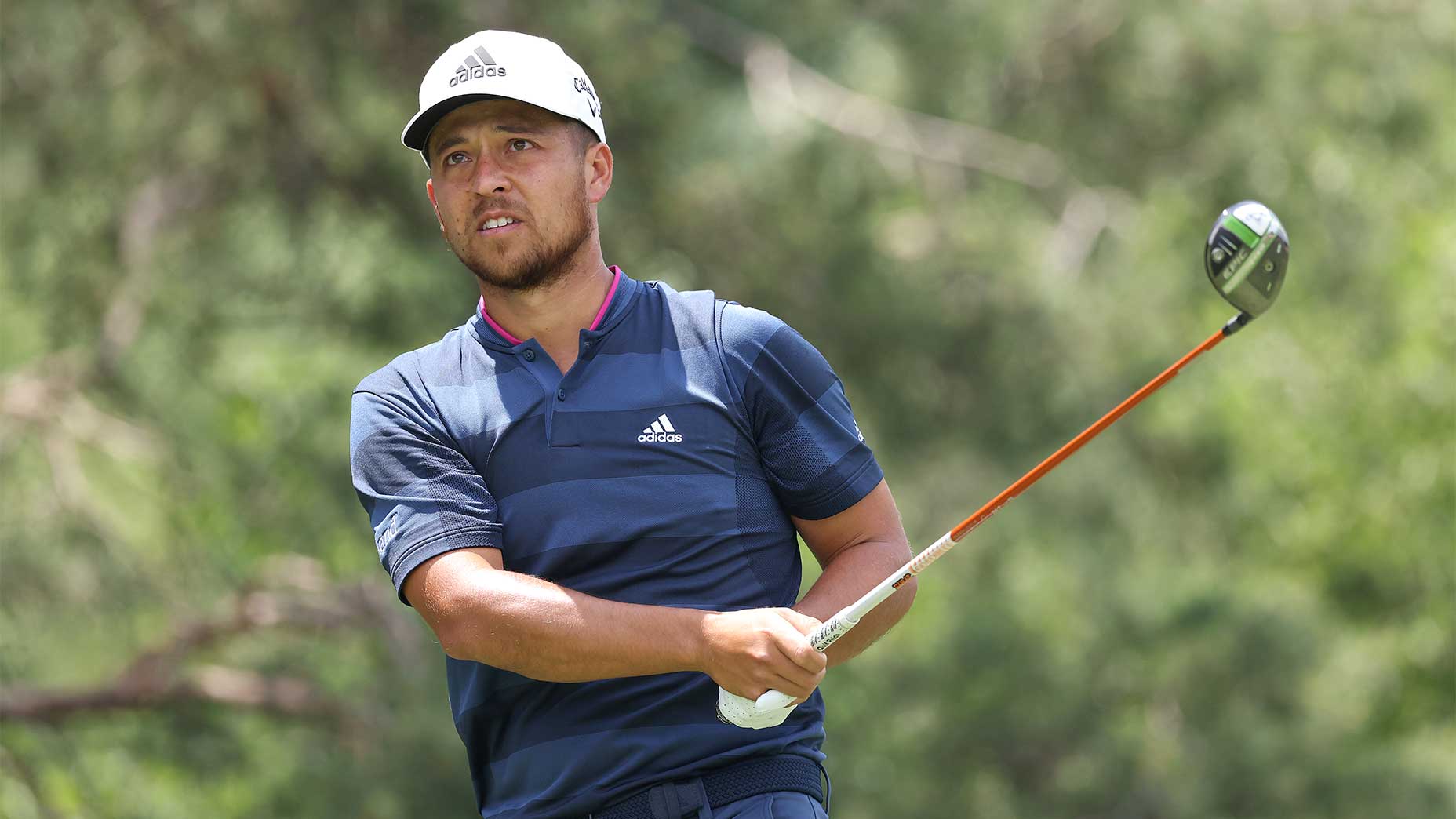I’m not sure I have an opinion on the “chicken or egg” argument, but I am sure I’ve thought about it plenty.
At GOLFTEC, I see golf ’s version of the paradox all the time: Should I buy new clubs or invest in swing instruction? And, if I’m being honest, I’m not sure there’s a right answer to that question, either.
At the highest levels of golf, game improvement is a sliding scale between equipment and instruction. For the pros, some fixes require a swing adjustment, some dictate a gear shift and some require a little of both. Most average golfers think they need to invest their time and money into working only on their swing, without considering their equipment could be holding back gains in their technique. GOLFTEC coaches, myself included, know that game improvement lives in understanding where our students fall in the gray area between these two elements.
Take the example below, where Dan, a GOLFTEC student, saw a radical improvement in his performance after going through a fitting.
Check out the colored launch bars from Dan’s gamer. Tour players typically look for 2,000 to 2,500 rpm of spin off the tee—Dan’s normal driver had more than 3,000. His launch angle was usable, but his spin greatly affected his descent angle. His drives struck the ground like a 9-iron, not a driver.
Dan’s gamer had 10.5 degrees of loft and a stock stiff shaft. Based on his launch monitor numbers and ball speed, both the loft and shaft were holding back his driving performance. Using Dan’s data, GOLFTEC coach Clint Lackey got to work putting together three custom drivers. Lackey shifted the loft to 9 degrees, tried an extra stiff shaft and used a Callaway Epic Max LS head to help cut down on spin.
The changes resulted in an 8 mph increase in ball speed, 1,000 fewer rpm of backspin and a 5-degree improvement in descent angle. In Dan’s game, that shift equated to 51 (!) yards of additional distance and an average ballflight that traveled close to 20 yards straighter than his previous gamer. And, since Lackey used stock components in building Dan’s new club, the setup came at no additional cost to the manufacturer’s sticker price.
Dan’s improvements, while eye-popping, are far from extraordinary. On average, players gain 18 yards over their old clubs in GOLFTEC driver fittings — to say nothing of overall performance improvements.
Perhaps it’s better to view a fitting as more of a checkup for your golf game than a sick visit. Remember, the point isn’t to get fit for the perfect club every time, it’s to make sure your current equipment isn’t holding you back. As for which part of the gear or instruction argument is going to improve your game? Stop by your nearest GOLFTEC to find out.
